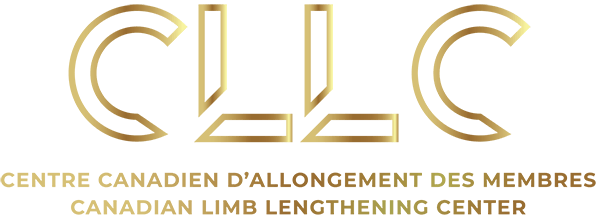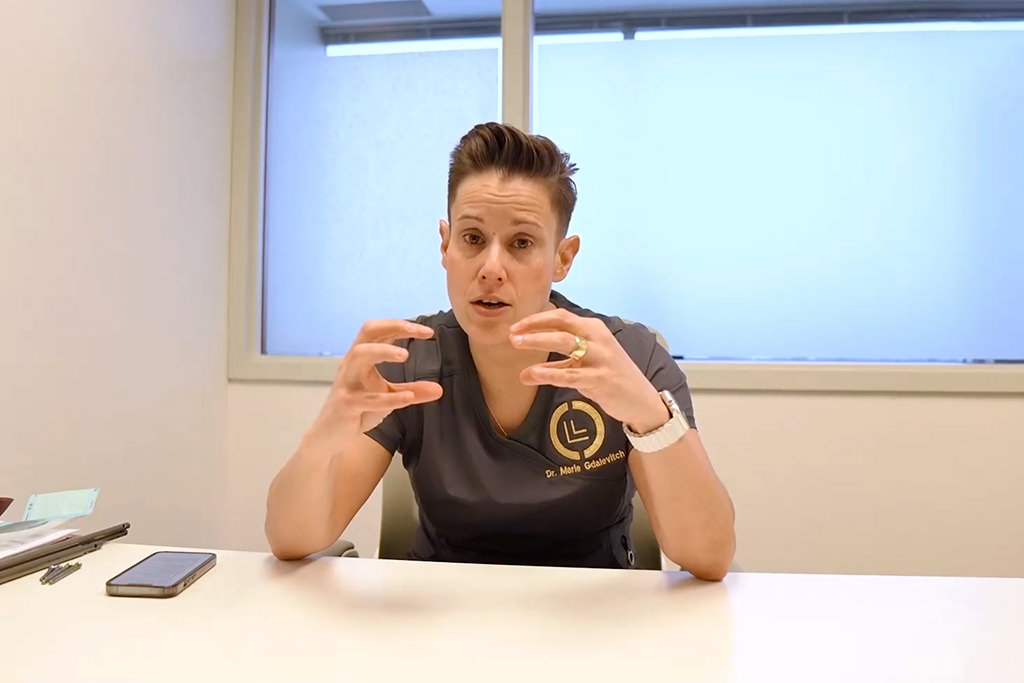Mild arthritis can be treated arthroscopically whereas severe arthritis needs either fusion or replacement. This surgery aims to remove any bony spurs, inflamed tissue, or scar tissue from the front of the ankle. Using small incision in the skin, your surgeon will use a small camera to access the joint and guide your treatment.
Indications / Candidacy
Ankle Arthroscopy can be used to treat ankle arthritis. Arthritis is inflammation resulting from the degeneration of cartilage in the ankle joint. It can cause pain, swelling, and stiffness in the joints resulting in restricted movements. Candidates for this procedure may have had previous ankle fractures or dislocation. It is also common for patients with ankle arthritis to have an inflammatory disease, or congenital deformity. An arthroscopy is most suitable for patients who have arthritis that is confined to the front of the ankle joint.
Good Candidates for Ankle arthroscopy may need treatment for the following:
- Ankle arthritis
- Synovitis, the inflammation of the lining of the ankle joint
- Pain, swelling or discomfort in the ankle
- Functional limitations or pain while walking
- Locking or popping of the ankle
- Undiagnosed ankle pain


Treated Conditions
The Canadian Limb Lengthening Center offers a team of experienced surgeons, nurses and physiotherapists that make patients feel supported throughout their entire treatment process. Our ability to treat complex orthopedic conditions with a holistic approach gives our patients the best possible outcomes. Ankle arthroscopy can be used to treat many different conditions, with ankle arthritis being one of the most common.
Surgical Technique
- Patients are put under general anesthesia for the duration of the surgery
- A small incision is made in the patient’s skin
- A pencil-sized instrument that has a small camera lens and lighting system (arthroscope) is passed through the incision
- The system is attached to a television that displays the interior of the joint on a monitor
- The internal structure of the joint is examined for diagnosis and treatment of problems
- Your surgeon can use probes, forceps, knives, and shavers, to clean the joint area of foreign tissue, inflamed tissue, or bony outgrowths (spurs).
- After treatment is completed, the arthroscope is removed, and the incision is closed.

Results
The benefits of ankle arthroscopy involve smaller incisions, faster healing, a more rapid recovery, and less scarring. Though this procedure may not completely heal or cure arthritis, it usually buys time for patients before having to undergo a more serious surgery. After the procedure patients feel relief of pain and discomfort. Many patients see improvements in function ability such as walking and their range of motion.
Potential Complications
As with any surgical procedure, Ankle Arthroscopy can have difficulties and complications. In most cases, our team of specialists can address these concerns without compromising the end results or outcome. Complications and side effects may include:
- Infection
- phlebitis (clotting of blood in the vein)
- excessive swelling
- bleeding
- blood vessel or nerve damage
AM I A CANDIDATE?
Are you experiencing an orthopedic condition and would like to improve your physical capabilities?
Or you simply would like to achieve your long-lasting dream of improving your height?
Let us help you achieve your optimal health and wellness in a professional setting.
Let’s open up a discussion to help you achieve your goals.




Highly specialized expert care at CLLC
At the Canadian Limb Lengthening Centre we offer complex deformity correction and limb lengthening surgeries performed by experienced surgeons with the most up to date technologies. When it comes to your care, and treatment of deformity and limb length discrepancy, our surgeons have extensive training and experience.





